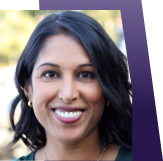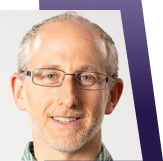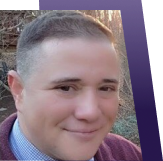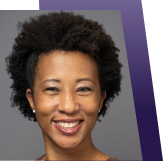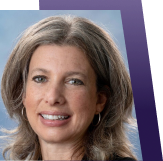Introduction
The National Academies Standing Committee on Reproductive Health, Equity, and Society and the Committee on Human Rights co-hosted a webinar on December 11, 2023, during which expert panelists discussed long-standing concerns regarding harassment, threats, and physical attacks against health care professionals working to provide essential sexual and reproductive health care. This webinar, supported by the National Academy of Sciences W.K. Kellogg Foundation Fund, was part of a series on reproductive health topics.
Statements and opinions expressed are those of individual workshop presenters and participants.1

